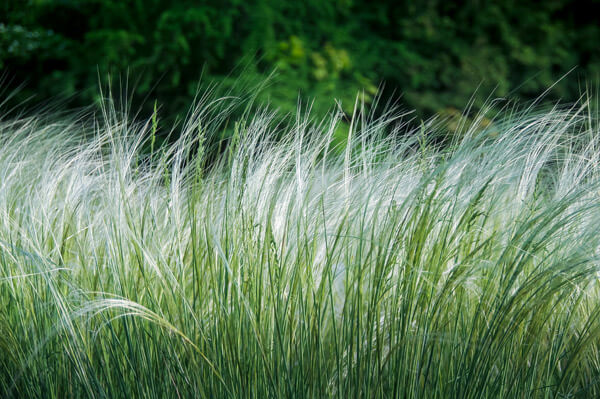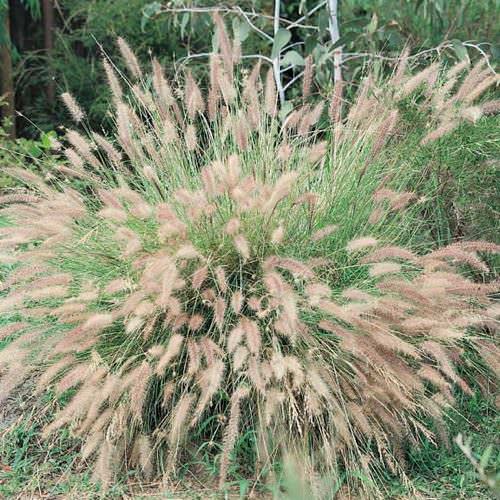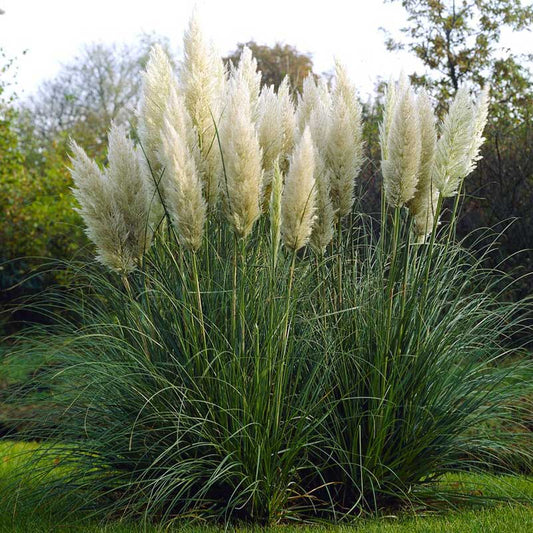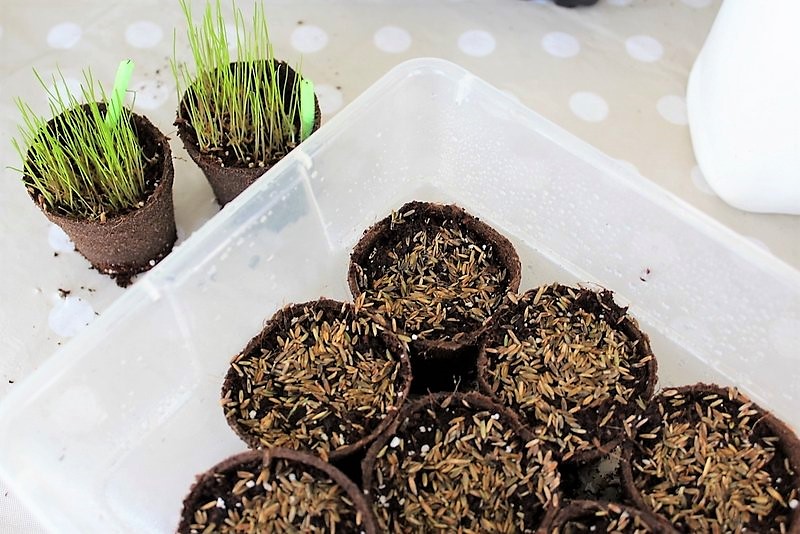Are you dreaming of a lush, vibrant garden that captivates all who visit? One of the most effective ways to achieve that dream is by utilizing decorative grass seeds. In this comprehensive guide, we’ll dive deep into the world of decorative grasses, sharing personal experiences, insights, and practical advice to help you create a gorgeous outdoor space.
What are Decorative Grass Seeds?
Decorative grass seeds are cultivated varieties of grasses that add aesthetic appeal and functionality to gardens and landscapes. They can be tall, short, lush, or wispy, providing a range of textures and colors that enhance the visual interest of your outdoor areas.
Why Choose Decorative Grass Seeds?
- Low Maintenance: Many decorative grasses require minimal care once established.
- Versatile Uses: They can be used for borders, accent plants, or ground cover.
- Environmental Benefits: They can help with soil erosion and provide habitats for wildlife.
Popular Types of Decorative Grass Seeds
1. Ornamental Grasses
Ornamental grasses are often used for their visual appeal and adaptability. Popular varieties include:
- Pennisetum alopecuroides (Fountain Grass)
- Miscanthus sinensis (Chinese Silver Grass)
- Calamagrostis acutiflora (Karl Foerster Grass)
2. Fescue Grasses
Fine fescues, such as creeping red fescue, are known for their soft texture and shade tolerance, making them ideal for low-light areas.

Comparison of Popular Decorative Grasses
| Grass Type | Height | Sun Exposure | Water Requirements |
|---|---|---|---|
| Fountain Grass | 2-3 ft | Full Sun | Low |
| Chinese Silver Grass | 5-6 ft | Full Sun/Partial Shade | Moderate |
| Karl Foerster Grass | 3-4 ft | Full Sun | Low |
How to Plant Decorative Grass Seeds
Step-by-Step Guide
Planting decorative grass seeds is a rewarding experience that allows you to shape your garden into a beautiful oasis. Follow these steps:
- Choose the Right Time: Early spring or fall is the best time for planting.
- Select a Location: Ensure your chosen area has the appropriate sun exposure and soil type.
- Prepare the Soil: Loosen the soil and mix in compost to improve drainage and nutrients.
- Sow the Seeds: Spread the seeds evenly and lightly cover them with soil.
- Water the Area: Gently water the seeds to ensure moisture without washing them away.

Common Mistakes to Avoid
- Overwatering: Too much water can lead to seed rot.
- Planting at the Wrong Time: Avoid extreme temperatures for planting.
- Neglecting Soil Preparation: Poor soil leads to weak growth.
Maintenance of Decorative Grasses
Watering and Fertilizing
Most decorative grasses thrive on less water. During the first few weeks after planting, make sure to keep the soil moist. After that, watering can be reduced significantly. Fertilizing should be done sparingly—usually once in early spring with a balanced fertilizer.

Cutting and Pruning
To maintain a healthy and attractive appearance, cut back ornamental grasses in early spring before new growth begins. Most grasses do well with a good trim, while some require only light pruning.
Pro Tip:
Leave some grasses standing through winter for added visual interest and natural habitat for wildlife.

Decorative Grass Seed Varieties for Different Environments
1. Drought-Tolerant Grasses
If you live in an area with limited rainfall, consider these drought-tolerant varieties:
- Blue Oat Grass
- Buffalo Grass
- Mexican Feather Grass
2. Shade-Loving Grasses
For shaded areas, look for grasses that thrive with less sunlight:
- Creeping Red Fescue
- Wood Fescue
- Japanese Blood Grass

Decorative Grass Seeds vs. Traditional Lawn Seeds
Comparison Table
| Feature | Decorative Grass Seeds | Traditional Lawn Seeds |
|---|---|---|
| Maintenance | Low-Medium | Medium-High |
| Visual Appeal | Highly Aesthetic | Uniform Green |
| Water Needs | Low | Moderate-High |
| Soil Adaptability | Wide Range | Specific |
Pros and Cons of Decorative Grass Seeds
Pros
- Enhances the overall appearance of landscapes.
- Attracts beneficial wildlife.
- Various textures and colors for visual interest.
- Requires minimal maintenance once established.

Cons
- Some varieties can be invasive.
- Not suitable for high traffic areas.
- Initial planting can require more time and effort.
FAQs About Decorative Grass Seeds
1. How long does it take for decorative grass seeds to germinate?
Germination can vary widely between types, but most ornamental grasses take anywhere from 7 to 21 days to sprout under ideal conditions.

2. Can I plant decorative grass seeds in the fall?
Yes! Fall is actually a great time to plant many varieties of ornamental grasses as they can establish roots before winter.
3. Are decorative grasses invasive?
Some varieties can be invasive. Always research the specific type you plan to plant and check local guidelines.
4. What is the best soil type for decorative grasses?
Most decorative grasses prefer well-draining soil. Mixing in compost can improve soil structure and nutrients.
5. How much sunlight do decorative grasses need?
This varies by species. Some thrive in full sun, while others prefer partial shade. Always refer to the specific needs of the grass variety you choose.
Conclusion: Your Garden Awaits
Decorative grass seeds present an incredible opportunity to enhance your landscape. With the right knowledge and care, you can create a stunning garden that reflects your personal style. Embrace the beauty of decorative grasses, and let your garden flourish!
Happy planting!